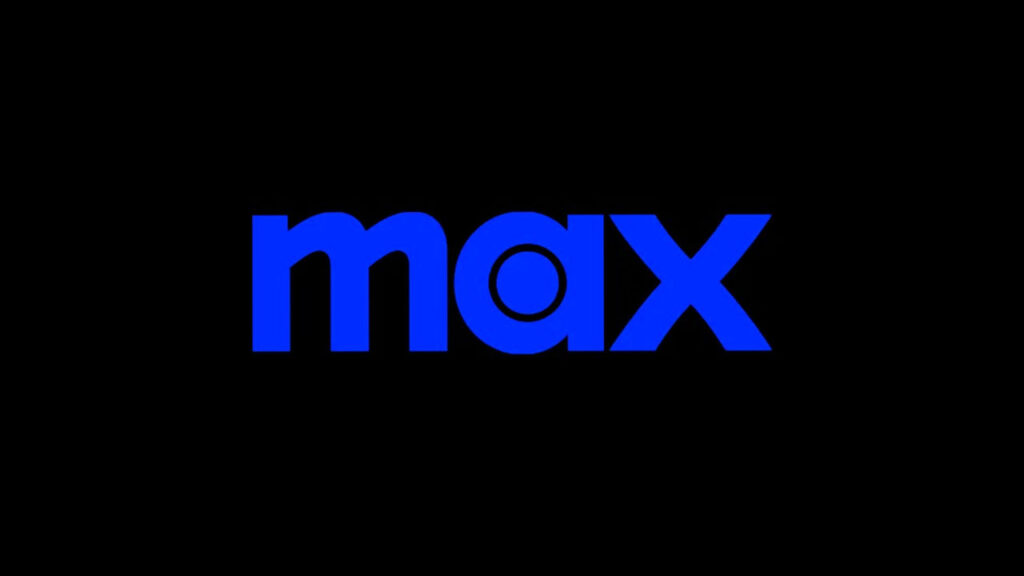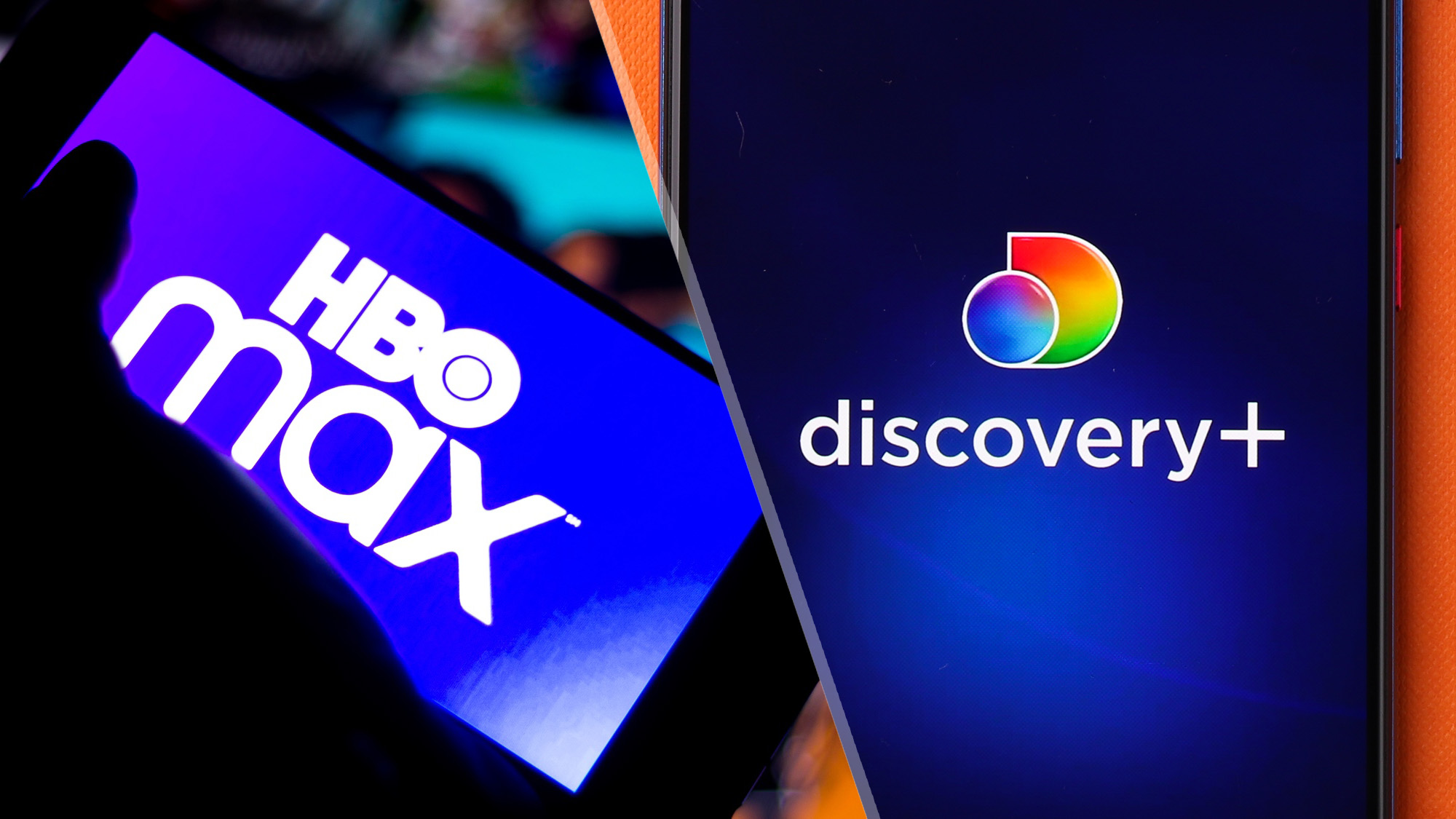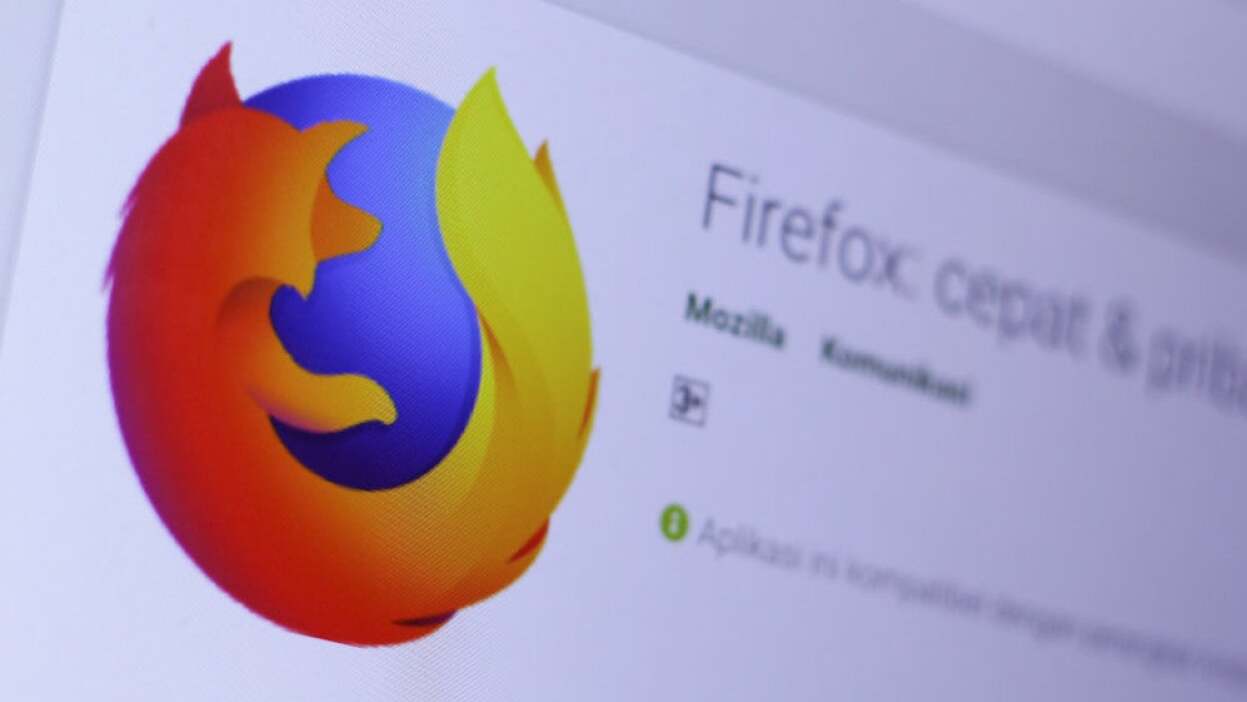
Remember when Warner Bros. Discovery announced plans to merge HBO Max and Discovery+ into a single streaming service called “Max,” aiming to offer a one-stop shop for all types of content? Well, that idea has already been scrapped.
Less than a month after declaring that “Max” would revert to being called HBO Max, Warner Bros. Discovery surprised the industry again with news of a company split. The media giant will now divide into two separate entities. One will house HBO Max alongside Warner Bros.’ prestigious film and TV studios, focusing on premium scripted content. The other will take control of the declining cable assets, including CNN, TBS, TNT, and sports channels, as well as the Discovery linear networks and Discovery+ streaming service.
This breakup raises many unanswered questions for viewers and investors alike. Will Discovery content remain on HBO Max, or will it fully migrate to the other company? What will happen to sports streaming under Bleacher Report, which is moving to the second company’s portfolio? And how will pricing and subscription bundles be affected? Unfortunately, many of these details won’t be clear until the split is finalized—likely sometime in mid-2026.
What is certain is that the streaming landscape under the HBO Max brand will shift dramatically. The “Max” platform of today, a broad mix of everything from kids’ shows to reality TV, is set to pivot sharply toward premium HBO and Warner Bros. content. CEO David Zaslav confirmed this shift to shareholders, emphasizing that HBO Max aims to be “the highest quality streaming service out there,” focusing heavily on HBO’s acclaimed originals and Warner Bros.’ blockbuster franchises.
That means children’s programming, reality shows, and other Discovery-related content will mostly move to the other company, leaving HBO Max to concentrate on scripted series, movies, and premium offerings more in line with HBO’s traditional brand image. Splitting the company this way should make it easier to communicate the service’s value proposition both to consumers and investors.
Of course, this back-and-forth isn’t unusual in the media world. The cycle of merging and then splitting companies is a familiar dance, driven by shifting business strategies and market forces. Whether consumers will appreciate the new arrangement remains to be seen, but for now, the “Max” merry-go-round is spinning once again.




